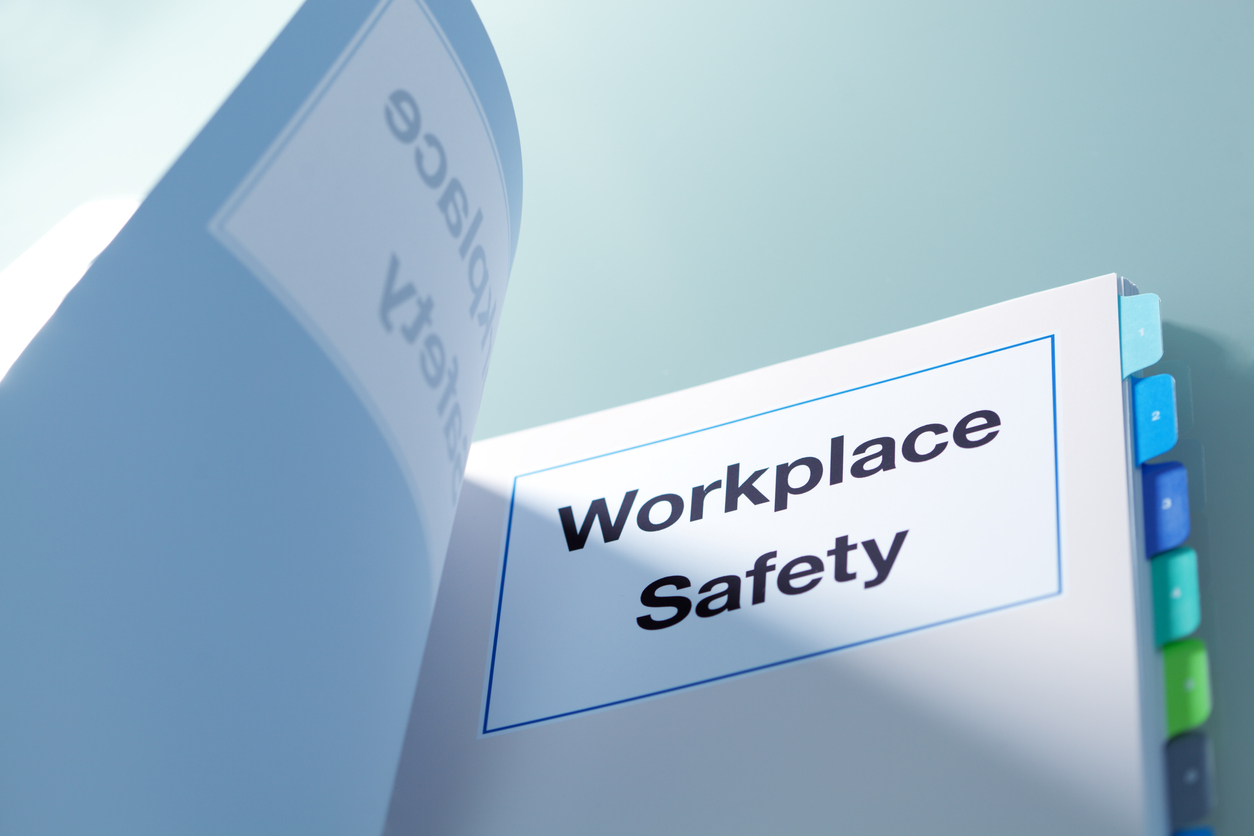Americans are working longer hours and facing more demands for productivity, leading to stress and burnout, which in turn can affect workplace safety, according to risk management experts. Understaffing plays a part in this, they found.
When workers are stressed or required to work quickly, they are more prone to making mistakes that can injure themselves or co-workers.
On top of that, there’s been an increase in mental health issues, while outside factors like household finances can also add to an employee’s stress, making them less mindful at work.
Fed-OSHA has also noted a correlation between worker stress and industrial injuries. In May 2023, it launched a web portal for employers to understand and recognize the workplace safety implications of stressed workers and what they can do to help.
Poll findings
A recent poll of 2,515 workers by the American Psychological Association (APA) found that 77% of respondents said they had experienced work-related stress in the last month and 57% said they were experiencing negative effects of work-related stress driven by burnout, including:
- 31% reported feeling emotionally exhausted
- 26% said they don’t feel motivated to do their best
- 25% had a desire to keep to themselves
- 23% wanted to quit
- 20% reported lower productivity
- 19% said they felt irritability or anger with co-workers or customers, and
- 18% said they felt ineffective.
Stress is especially prevalent in production environments, where the safety stakes are the highest. This includes construction, manufacturing, warehousing, health care, and transportation. In these industries, the risks can range from amputations and crushing injuries to falls and muscle sprains. Inattention while working in these sectors can be deadly.
While OSHA cannot cite an employer for workplace stress, it can cite them for injuries that may have been influenced by stress.
Workplace stressors
According to the APA, workplace stress is caused by a multitude of factors, including:
- Toxic workplaces
- Verbally abusive superiors, co-workers or customers
- Difficult-to-meet deadlines or quotas
- Too much or too little work
- Poor work relationships
- Poor communication from management, or management that does not provide leadership
- Insufficient compensation
- Uncomfortable workplace environment
Some of the main risks of stressed or burned-out workers are:
- Workers in understaffed environments or who are under pressure to meet difficult quotas are more prone to make mistakes or cut corners, leading to injuries or costly mistakes.
- Lapses in concentration that can lead to injuries and mistakes.
- Stress can lead to substance use disorders.
- Reduced engagement with colleagues and supervisors.
- Increased sick days and absences.
- Reduced productivity.
What employers can do
Recognizing that workers may be under stress, employers can take steps to help their workforce. OSHA and the APA recommend the following:
- Be aware and acknowledge that people can carry an emotional load that is unique to their own circumstances. They may be experiencing heightened levels of loneliness, isolation, uncertainty, grief, and stress; and some may face additional demands, such as parents caring for children or elderly household members.
- Identify factors making it harder for workers to get their jobs done and determine if adjustments can be made.
- Show empathy. Employers can reassure employees they are open and receptive to discussions about their work stress by creating a safe and trustworthy space.
- Offer health insurance with coverage for mental health and substance use disorders.
- Encourage workers to take their breaks.
- Offer an employee assistance program.
- Offer paid time off and sick leave. (The APA suggests 50% of employees find that a lack of paid time off or sick leave has a negative impact on stress levels at work.)
- Offer paid mental health days off.
- Train supervisors and managers to avoid being verbally abusive and to treat employees with respect.


